|
More Morrison Spring Photos |
|
A largemouth bass
& another eel
Some bass like to hide in the 1st Cave during the day and feed in the Spring Basin at night
Just like the first picture above, if there were no fish in the shot, the water is so clear there is no way to tell that it was taken underwater... |
|
Eels inside the First Cave
eels can be a bit startling for an unsuspecting scuba diver.
You just have to remember that these caves belong to the creatures that live here. It is their dark world and you are just a visitor. |
|
Second Cave entrance taken from above (and a bit too close) - the opening is about 8 feet horizontally and 5 feet vertically.
Spring water flows out of the opening on the order of 30,000 gallons per minute, so swimming directly into the cave is not an option. However, it can be easily done by grasping the top edge of the opening from above and simply pulling yourself through. Once inside the force of the water flow disappears.
Swimming out of the 2nd Cave is a rocket ride, and safe, as long as you remember to exhale before you ascend. However, if you forget, your lungs will explode. |
|
At the bottom of the Second Cave, about 120 feet deep, is the entrance to the Third Cave.
The entrance is long and small, requiring scuba tanks to be removed and pushed ahead of the diver.
Dives to 100 feet and deeper are dangerous and require much skill.
Dives into the Third Cave are extremely dangerous. |
|
Another awesome Joel Adler shot from near the Second Cave entrance, looking up the wide shaft called “The Chimney” that leads down to the Second Cave entrance about 60 feet from the surface.
This shot was taken near midday. If it had been in color, the shaft of light would be a brilliant, azure blue. |
|
Two divers sitting on the original, iconic log that spanned the width of the crater. The log was unique: nearly 50 feet long and almost the same diameter from end to end, but not milled.
The log was removed by thieving profiteers in the 1990’s.
This shot was taken from just inside the First Cave entrance.
Note the small air pockets in the roof of the cave |
|
Unfortunately I have no wide shot photos of the inside of the 2nd Cave The cave is very large, and I suppose a camera’s flash couldn’t provide enough light for a landscape picture, which is very unfortunate. |
|
Looking into the Abyss: The tunnel into the 3rd Cave still near 125 feet deep at this point.
The darkness appears to be the end of the tunnel, but it drops off sharply and descends straight down for about 100 feet, placing the diver near 220 feet deep.
In 1958 a professional dive team reached 325 feet on compressed air. (there is much more to this story)
A record depth of 290 feet on compressed air was recorded on that dive, but the record was soon broken elsewhere. |
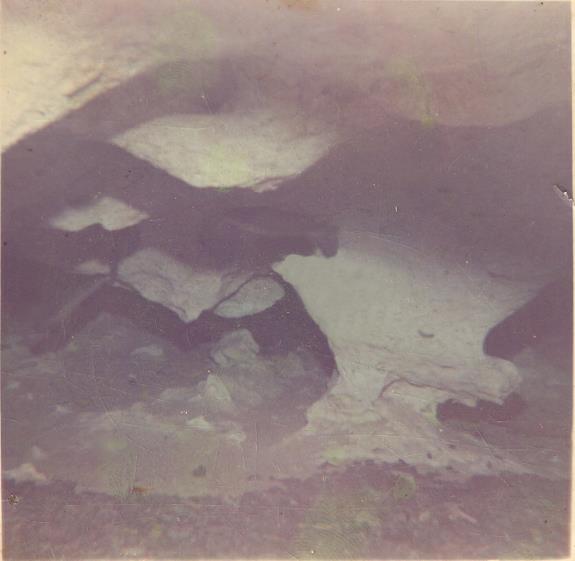


|
1960’s photo |
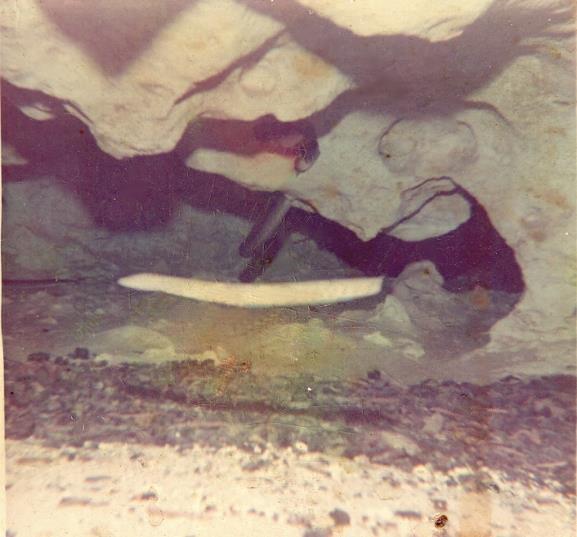
|
1960’s photo |
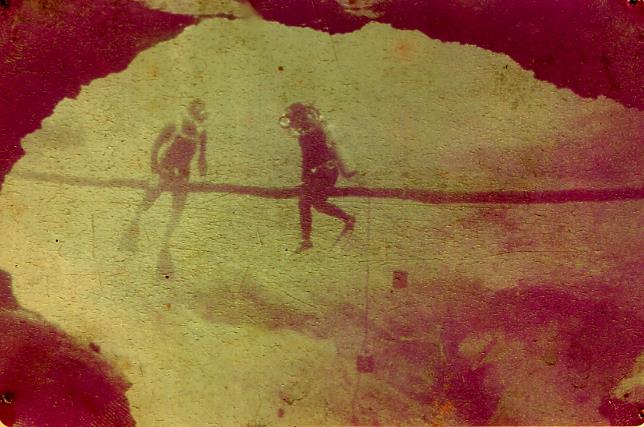
|
1960’s photo |
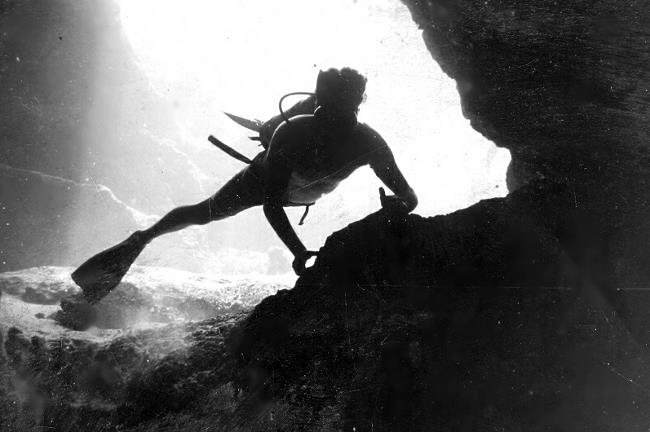
|
1960’s photo |
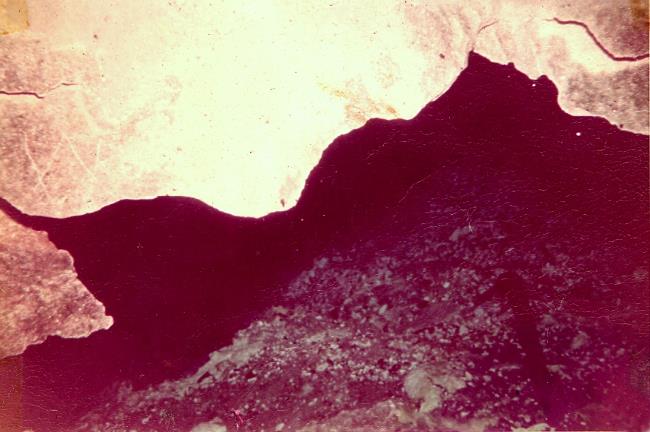
|
1960’s photo |
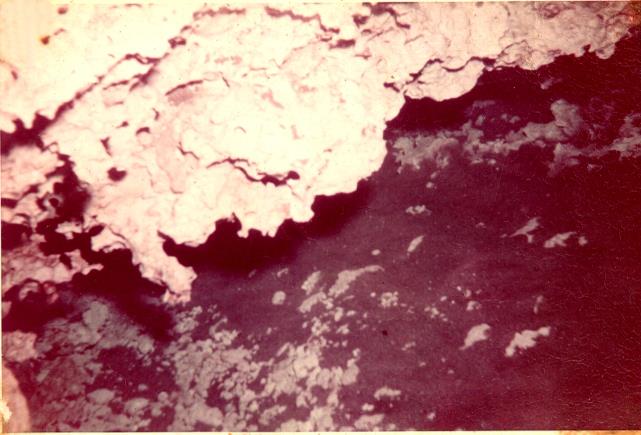
|
1960’s photo |
